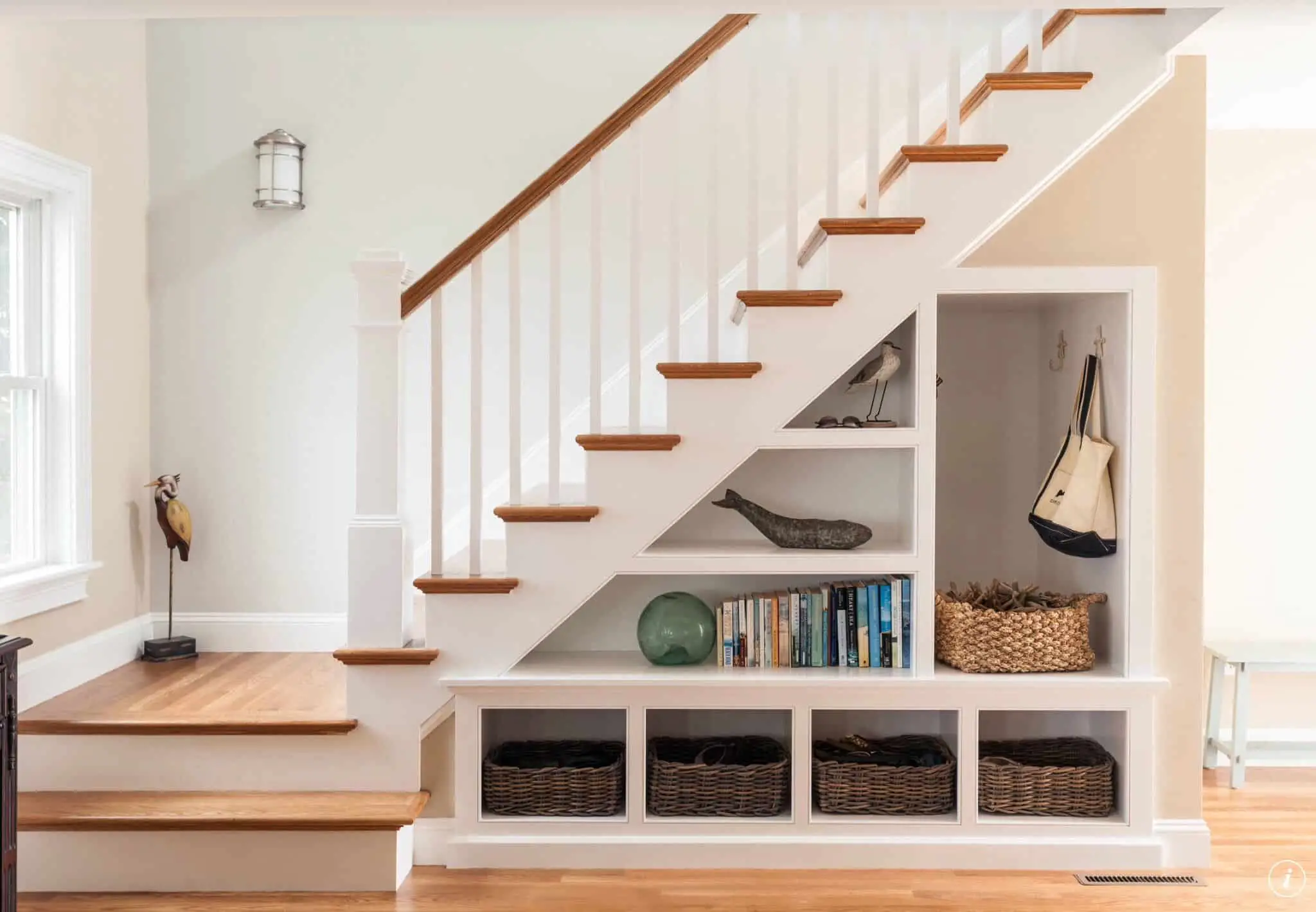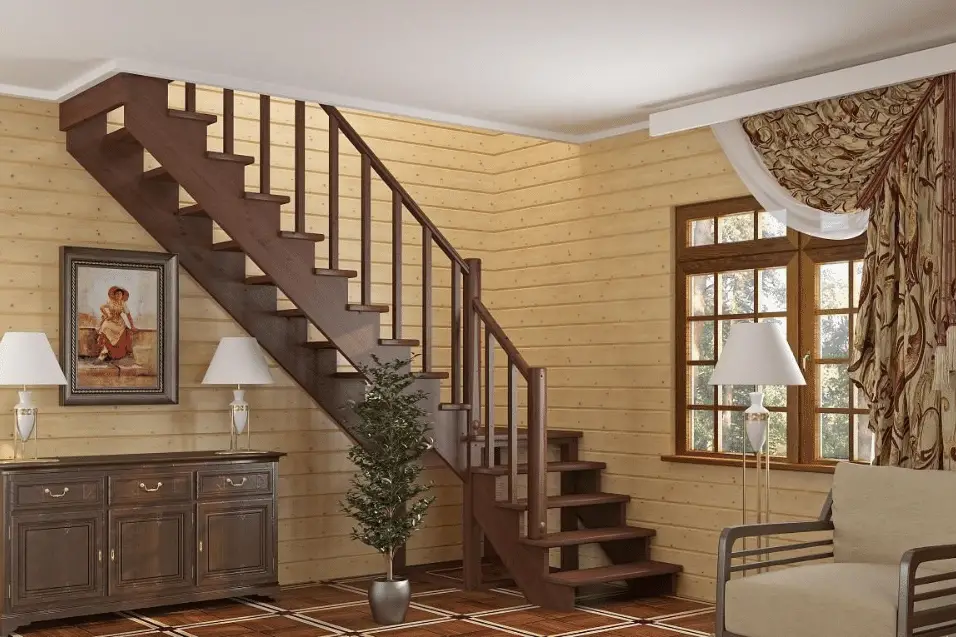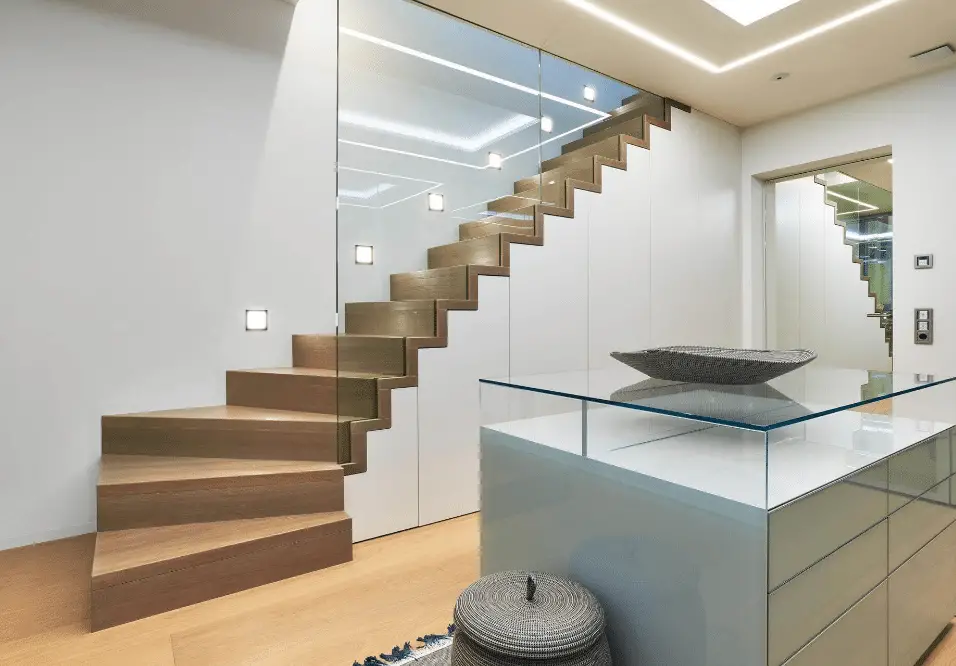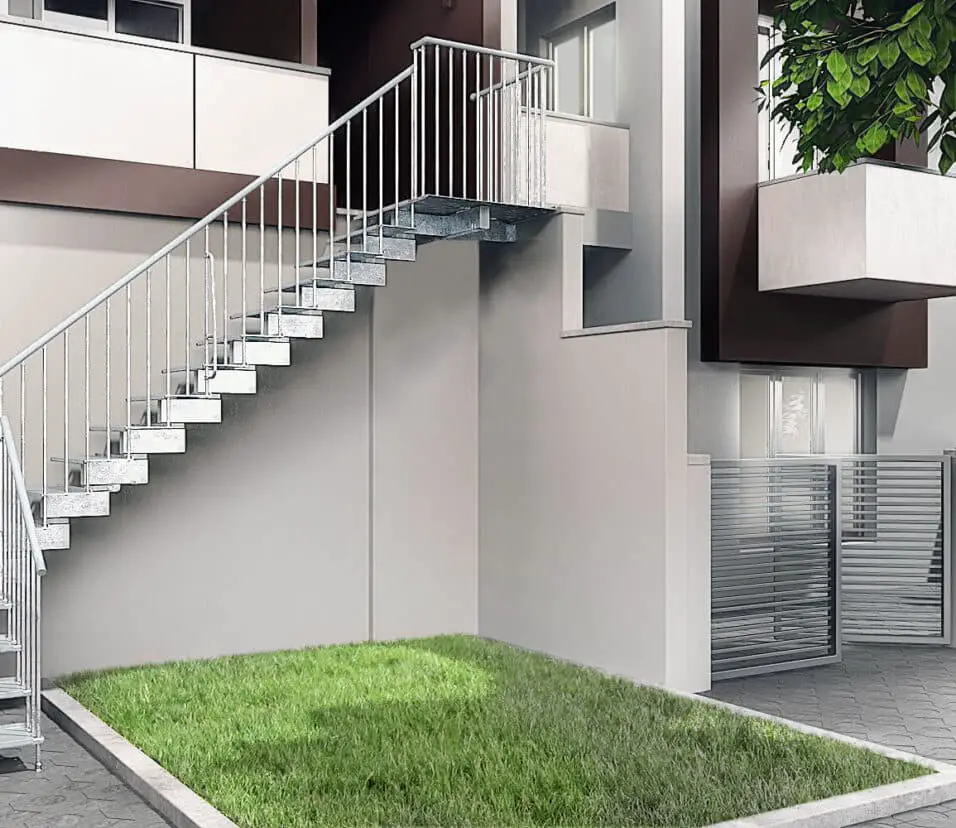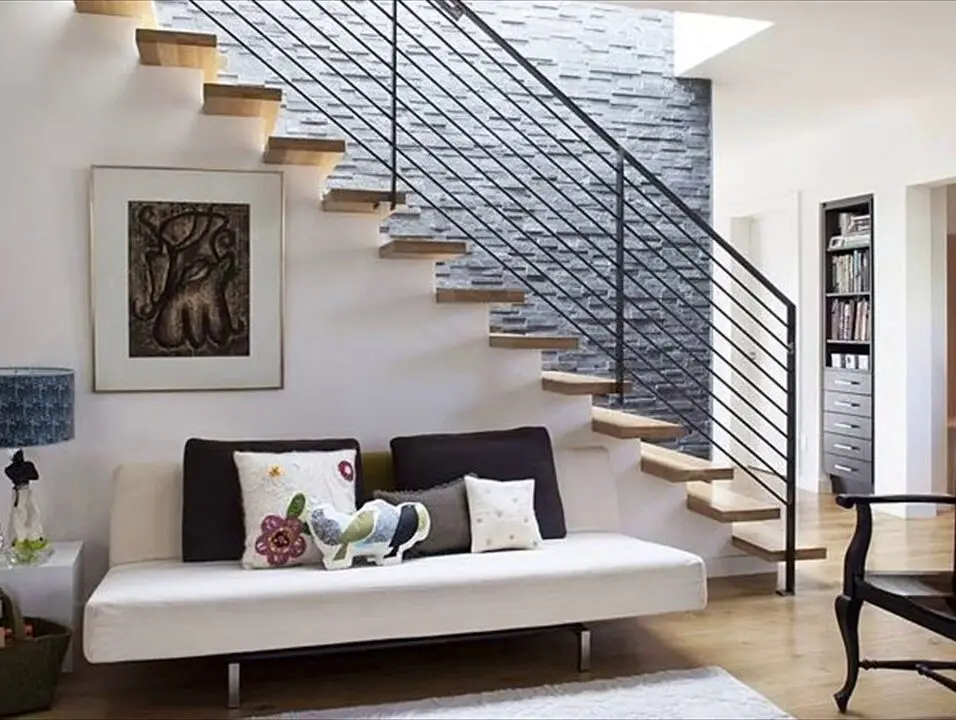How To Change Stairs In House Flipper
Introduction
How To Change Stairs In House Flipper: Welcome to the world of house flipping, where the art of renovation meets the thrill of transformation! In the journey of breathing new life into tired and outdated spaces, every detail counts, and one crucial element that often gets a makeover is the staircase. Whether you’re a seasoned house flipper or embarking on your first project, the staircase can be a game-changer, dramatically enhancing the aesthetics and functionality of a home. This guide is your comprehensive roadmap to changing stairs in House Flipper, the popular video game that allows you to step into the shoes of a renovation expert.
The staircase serves not only as a functional connector between different levels of the house but also as a design focal point that can elevate the entire property. With House Flipper’s realistic simulation and design options, you have the power to turn a lackluster staircase into a showstopper. From choosing the right materials and styles to mastering the art of placement and design harmony, we’ll explore the step-by-step process of transforming stairs inside to make your flipped house truly stand out.
So, get ready to take your house flipping skills to the next level as we dive into the fascinating world of changing stairs in House Flipper. Whether you’re looking to create a grand entrance, optimize space, or simply revamp the visual appeal of your flipped property, this guide will equip you with the knowledge and inspiration to transform the heart of any home—the staircase. Let’s embark on this exciting journey of renovation and design, one step at a time!
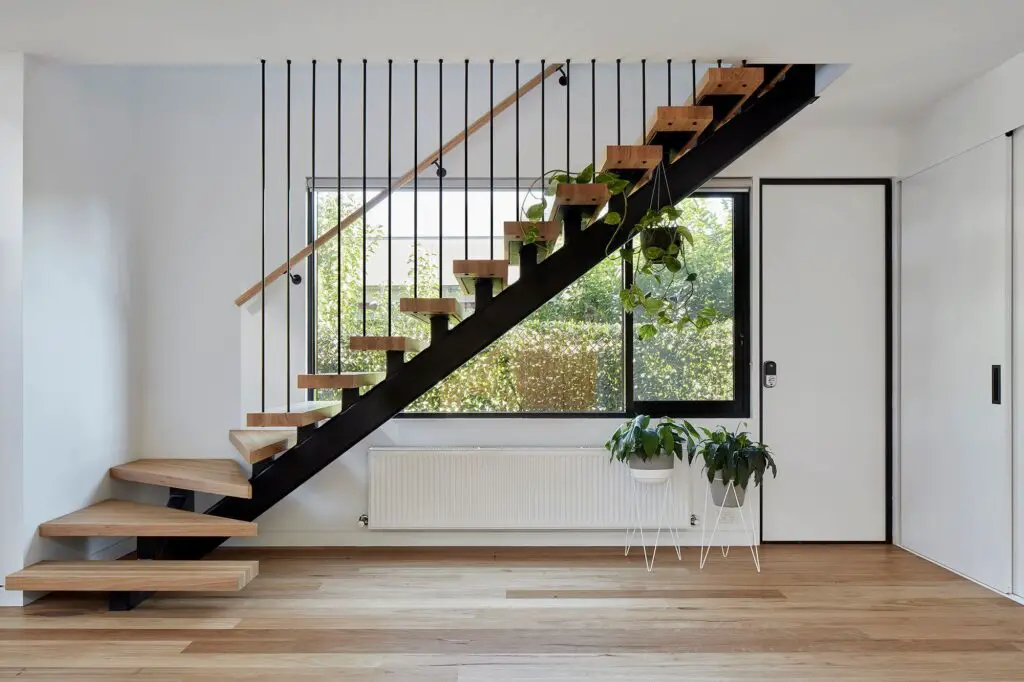
Can I change the stairs in my house?
A staircase within your home can be moved with care and planning. Stairs can be moved as a whole unit to a new location or removed and replaced. By moving your staircase, it can open up your home to new spaces. It can be difficult and hiring a professional can help to make the change easier.
Yes, you can change the stairs in your house, but it’s a significant renovation project that involves careful planning, construction expertise, and often requires compliance with local building codes and regulations. Changing the stairs can dramatically transform the aesthetics and functionality of your home, making it a popular renovation choice.
Here are the key steps involved in changing the stairs in your house:
Assessment:
Begin by assessing the existing staircase and determining the scope of the project. Consider factors such as the desired style, materials, and layout of the new staircase.
Design and Planning:
Create a detailed design plan for the new staircase. Decide on the type of stairs (e.g., straight, spiral, curved), materials (e.g., wood, metal, glass), and the overall look you want to achieve.
Obtain Permits:
Depending on your location and the extent of the renovation, you may need permits and approvals from your local building authorities. Consult with them to ensure compliance with building codes.
Demo and Removal:
Remove the existing staircase carefully, taking into account structural elements that may be affected. This step requires precision to avoid damage to the surrounding area.
Construction:
Build the new staircase according to your design plan. This involves framing, installing treads, risers, handrails, and balusters. Professional carpenters or contractors typically handle this phase.
Finishing:
Finish the staircase with paint, stain, or other desired finishes. Ensure that all safety features, such as handrails and non-slip surfaces, are installed correctly.
Inspection:
Schedule a final inspection to ensure that the new staircase meets safety and building code requirements.
Safety Considerations:
During the construction process, ensure that any necessary safety measures are in place to prevent accidents, especially if you have family members living in the house during renovations.
Changing the stairs in your house is a significant investment, but it can add value, aesthetics, and functionality to your home. It’s essential to work with experienced professionals and obtain any required permits to ensure a safe and successful renovation.
Is it possible to finish House Flipper?
The term ‘finish the game’ is a rather ambiguous one. It’s not clearly stated, but it’s a rather simple one: To complete House Flipper you will need to sell one of every house. That is all. This will come naturally as you work towards 50 houses sold.
In the House Flipper video game, the concept of “finishing” the game is not based on reaching a traditional ending or completing a storyline, as it is an open-ended simulation game focused on renovating and flipping houses. Therefore, there is no predefined endpoint or win condition in the game.
The primary goal of House Flipper is to purchase run-down properties, renovate them, and sell them for a profit. As you progress, you can unlock new tools, skills, and properties to work on. The game offers a wide range of properties with varying levels of renovation complexity, allowing you to tackle different challenges and explore your creativity.
While there is no specific endpoint in House Flipper, players often set their own goals and challenges, such as achieving a certain level of profit, renovating a specific number of houses, or creating unique design themes for their properties. The game’s continuous updates and additional downloadable content (DLC) provide ongoing opportunities for players to expand their renovation projects and explore new content.
In summary, House Flipper is designed to be a sandbox-style game where you can continue to renovate and flip houses indefinitely, making it a dynamic and engaging experience for players who enjoy home renovation and design simulations.
How do you replace a staircase?
First, build the stair frame with new treads and risers. Use a circular saw or jigsaw to cut each piece to the correct size. Use construction adhesive to attach each tread and riser to the frame, ensuring a secure fit. Install a skirt board on each side of the stairs to finish the look.
Replacing a staircase is a complex renovation project that requires careful planning and professional expertise. Here are the general steps involved in replacing a staircase:
Assessment and Planning:
- Evaluate the condition of the existing staircase and determine the reasons for replacement (e.g., damage, outdated design).
- Decide on the new staircase’s design, style, materials, and budget.
- Obtain any necessary permits and approvals from local building authorities.
Demo and Removal:
- Carefully remove the old staircase, starting from the top and working down.
- Take precautions to protect the surrounding area from damage during demolition.
Framing and Structural Work:
- Prepare the structural framework for the new staircase, including the location of the landing and supports.
- Ensure that the new staircase meets building code requirements for safety and dimensions.
Build the New Staircase:
- Construct the new staircase based on your design plan, including steps, risers, stringers, handrails, balusters, and any additional features.
- Use high-quality materials and precise measurements to ensure a sturdy and safe staircase.
Finishing and Safety:
- Finish the staircase with paint, stain, or other desired finishes.
- Install safety features such as handrails, balusters, and non-slip surfaces to comply with safety regulations.
Inspection:
- Schedule a final inspection to ensure that the new staircase meets safety and building code requirements.
Clean-Up and Restoration:
- Clean up the construction debris and restore the surrounding area, including walls, flooring, and any other affected elements.
Final Touches:
- Add any decorative elements or design features to enhance the staircase’s aesthetics.
Replacing a staircase is a complex and often labor-intensive project that requires the skills of experienced carpenters or contractors. It’s essential to follow safety regulations and building codes to ensure the staircase’s structural integrity and the safety of occupants.
Can I replace stairs with a lift?
There might be exceptions, but we strongly advise against replacing your staircase with a lift. If the lift breaks down, you need to have a staircase to ensure that you are not completely blocked on one floor. In addition, if there is a fire, you must never take the lift but evacuate by the stairs instead.
Yes, it is possible to replace stairs with a lift (elevator) in a residential or commercial building, but it’s a significant renovation project that involves several considerations:
Assessment:
Begin by assessing the feasibility of installing a lift in your building. Consider factors such as available space, budget, building regulations, and the specific needs of occupants.
Permits and Regulations:
Check local building codes and regulations regarding the installation of lifts. You may need permits and approvals from relevant authorities.
Space Requirements:
Elevators require space for the shaft, machinery, and control systems. Determine where the lift shaft can be accommodated within your building’s layout.
Budget:
Installing a lift can be expensive, so create a budget that includes the cost of the lift itself, construction, electrical work, permits, and ongoing maintenance.
Type of Lift:
Choose the type of lift that best suits your needs. Common options include hydraulic elevators, traction elevators, and pneumatic vacuum elevators. Each type has its advantages and limitations.
Professional Installation:
Hire experienced professionals, including architects, engineers, and elevator installation experts, to plan and execute the project.
Safety:
Elevators must meet strict safety standards. Ensure that the installation includes features like emergency buttons, alarms, and safety interlocks.
Accessibility:
Installing a lift can significantly improve accessibility for individuals with mobility challenges, making it an essential consideration in residential and commercial buildings.
Aesthetics:
Elevators can be designed to complement the building’s aesthetics and interior design. Choose finishes and materials that align with your building’s style.
Maintenance:
Plan for regular maintenance and inspections to ensure the lift’s ongoing safe and reliable operation.
Replacing stairs with a lift is a substantial investment that can enhance accessibility and convenience in your building. It’s essential to work with professionals who specialize in elevator installations to ensure a smooth and compliant transition from stairs to a lift.
What is the goal in House Flipper?
The goal is to keep your business going by purchasing and renovating old homes to resell them for a profit. Fixing up a house involves quite a bit more than buying new furniture and picking out paints, and House Flipper wants you to roll up your sleeves and really get into the process.
The primary goal in House Flipper is to buy, renovate, and sell houses for a profit. As a player, you take on the role of a house renovation expert, and your objective is to turn run-down and neglected properties into attractive, functional, and marketable homes. The core gameplay revolves around renovating different rooms, fixing structural issues, decorating interiors, and optimizing the layout to appeal to potential buyers or renters.
Key goals and tasks in House Flipper include:
Property Acquisition:
Purchase properties that are in need of renovation. These properties can range from modest single-family homes to larger estates.
Renovation:
Perform a wide range of renovation tasks, such as painting, flooring, wall repairs, plumbing, electrical work, and more. Customize the interior design to create appealing spaces.
Budget Management:
Manage your budget carefully to ensure that renovation costs stay within your means. Buying materials, hiring contractors, and selling properties at a profit are all part of the financial aspect of the game.
Property Resale:
After completing renovations, list the properties for sale on the in-game real estate market. Set competitive prices and negotiate with potential buyers.
Skill Development:
Improve your renovation skills as you progress in the game. Unlock new tools, skills, and abilities that allow you to take on more challenging projects.
Property Portfolio:
Build a portfolio of successfully renovated properties, which can serve as a testament to your renovation expertise and contribute to your in-game reputation.
Market Trends:
Stay informed about market trends and buyer preferences. Adapt your renovation choices to cater to the demands of potential buyers.
In-Game Goals:
House Flipper also provides various in-game missions and goals to achieve, offering additional challenges and rewards.
The ultimate goal is to become a successful house flipper by purchasing, renovating, and selling properties at a profit. The game allows you to explore your creativity, design skills, and business acumen as you transform neglected houses into dream homes.
How old is House Flipper?
House Flipper is a simulation game developed by Frozen District and published by PlayWay S.A. for macOS, Windows, PlayStation 4, Xbox One, and Nintendo Switch. It was initially released on 17 May 2018.
House Flipper is a video game developed by the Polish studio Empyrean, and it was first released for Microsoft Windows on May 17, 2018. As of September 2023, the game is approximately five years old. Since its initial release, House Flipper has gained popularity for its unique concept that combines home renovation and simulation gameplay, allowing players to experience the challenges and rewards of house flipping.
The game has received updates and additional content over the years, including downloadable content (DLC) that introduces new renovation opportunities, properties, and customization options. House Flipper’s continued development and active player community have contributed to its longevity and appeal.
Can you reverse a staircase?
Narrower homes can sometimes have an undesirably steep staircase. By reversing the staircase direction, you’ll not only open up a new floor plan downstairs, but you can also reduce how steep your stairs are. Tip: Add a plinth that’s already a few steps up to make your new stairs less steep.
In House Flipper, the ability to reverse or change the direction of a staircase depends on the specific type of staircase and the game’s mechanics. As of my last knowledge update in September 2021, the game did not provide a direct feature for reversing staircases in the way you might do in real life by changing the staircase’s direction or orientation.
However, House Flipper offers a wide variety of stairs with different designs and orientations that you can choose from when renovating a property. You can select the staircase that best suits the layout and design of the house you’re working on. It’s essential to carefully plan the placement and orientation of the staircase during the renovation process to achieve the desired result.
Keep in mind that the game’s features and mechanics may have evolved or expanded since my last update, so I recommend checking the in-game options and any available guides or community discussions for the most up-to-date information on staircase manipulation in House Flipper.
How long does it take to change staircase?
Depending on the complexity of your staircase, the construction time can vary. For straightforward, traditional staircases, installation can be completed with a day or two. Complex staircases may take a little longer depending on the size, style, custom design, and materials of the components.
The time it takes to change a staircase in a real-world renovation project can vary significantly depending on several factors:
Scope of the Project:
The complexity of the staircase replacement project is a significant factor. A simple staircase replacement with minimal structural changes may take less time than a project that involves extensive structural modifications, such as moving or expanding the staircase.
Materials and Design:
The choice of materials and the design complexity of the new staircase can impact the project’s duration. Custom or intricate designs may require more time for fabrication and installation.
Permits and Approvals:
Obtaining the necessary permits and approvals from local building authorities can add time to the project timeline. The permitting process varies by location and project scope.
Contractor Availability:
The availability of skilled contractors and craftsmen can affect the timeline. Scheduling contractors and coordinating their work is crucial to project efficiency.
Size of the Staircase:
The size and scale of the staircase play a role. A small, straight staircase may be replaced more quickly than a larger, curved or spiral staircase.
Unforeseen Issues:
Unexpected issues or complications that arise during the project, such as structural repairs or modifications, can extend the timeline.
As a rough estimate, a straightforward staircase replacement project in a residential setting might take anywhere from a few days to a couple of weeks, assuming no significant complications. However, more complex projects could take several weeks or even months to complete.
It’s important to consult with experienced contractors or renovation professionals to assess the specific requirements of your staircase replacement project and get a more accurate estimate of the time involved. Additionally, local building codes and regulations may influence the timeline, so it’s crucial to ensure compliance with these standards throughout the project.
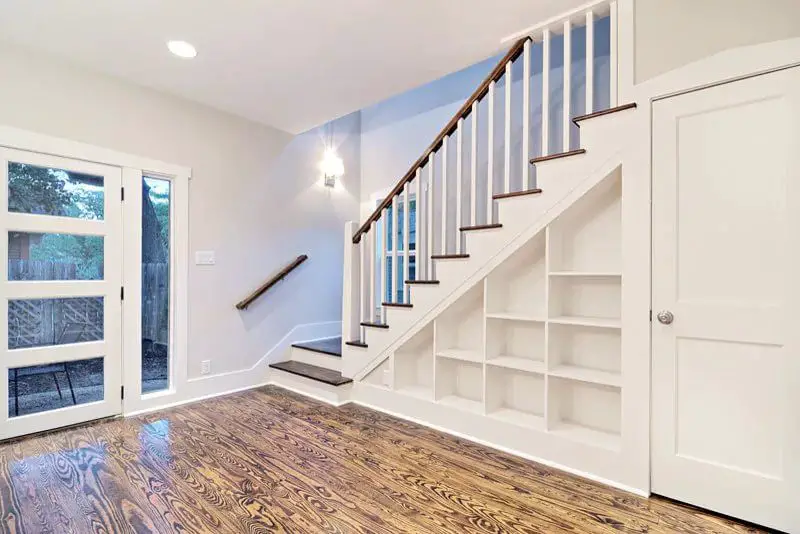
Conclusion
Our journey through the captivating realm of changing stairs in House Flipper, we find ourselves armed with the knowledge and creativity to transform houses into stunning homes. The staircase, often the unsung hero of a property, has been brought into the spotlight, showcasing its potential to elevate any space and leave a lasting impression. In the world of house flipping, where every detail matters, the staircase stands as a symbol of the power of design and renovation. Through the House Flipper game, we’ve explored the art of choosing materials, styles, and placement strategies that can turn a mundane staircase into a showpiece. From classic elegance to modern innovation, the possibilities are endless, and the creativity knows no bounds.
Our journey has unraveled the secrets of creating functional yet visually stunning staircases that resonate with potential buyers and renters. We’ve learned to adapt our choices to match the target market, ensuring that our investment yields the highest returns possible. But beyond the technicalities, changing stairs in House Flipper is a testament to the art of transformation. It’s about taking a dilapidated or uninspiring space and infusing it with new life, character, and charm. It’s a reminder that in the world of real estate and design, even the smallest details, like a staircase, can make a significant impact.
So, embrace the power of change, the thrill of renovation, and the magic of design as you tackle your next House Flipper project. With the staircase as your canvas and your newfound expertise as your guide, the possibilities are endless, and the rewards are waiting to be reaped. Here’s to a future filled with remarkable transformations, one step at a time!



